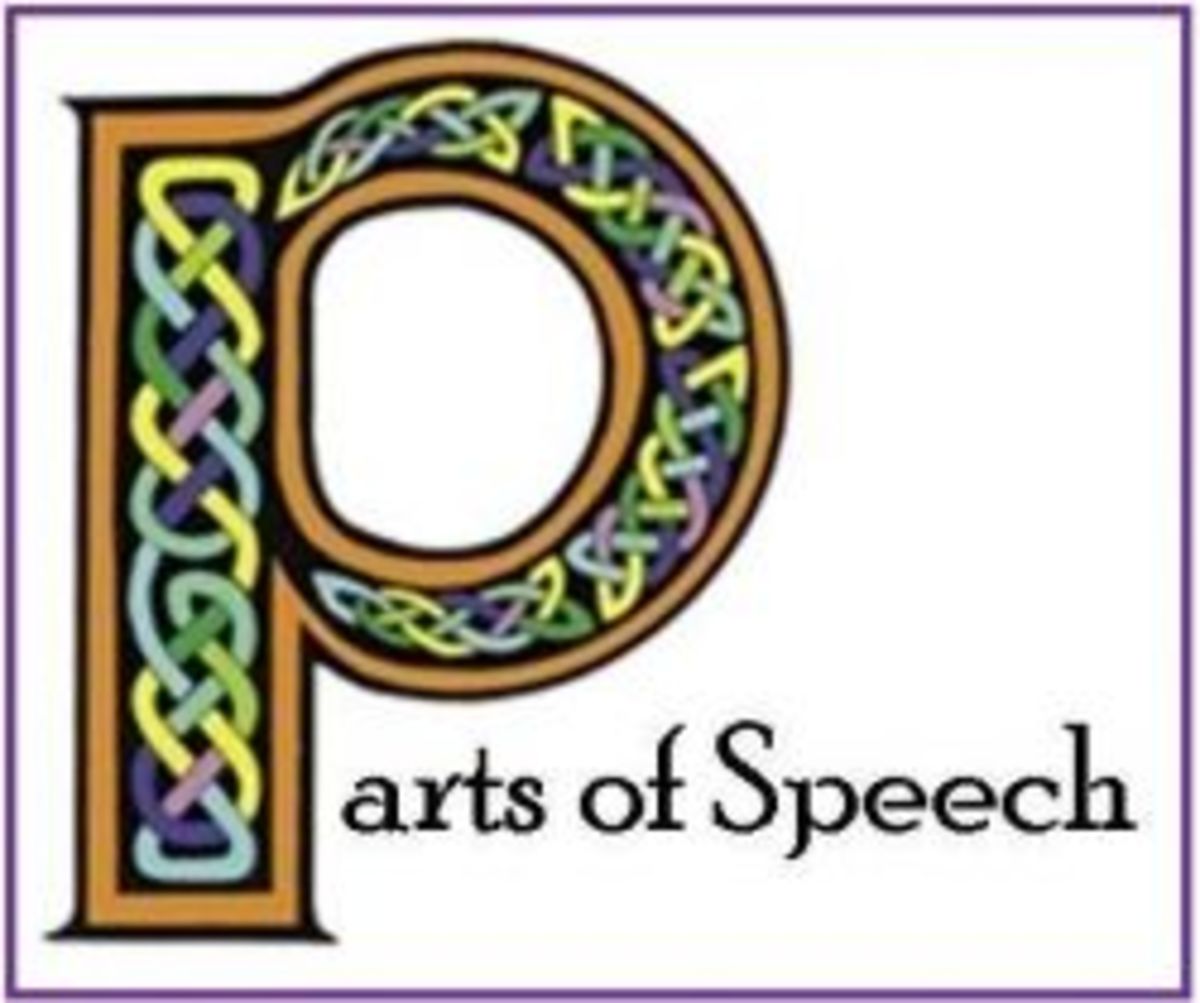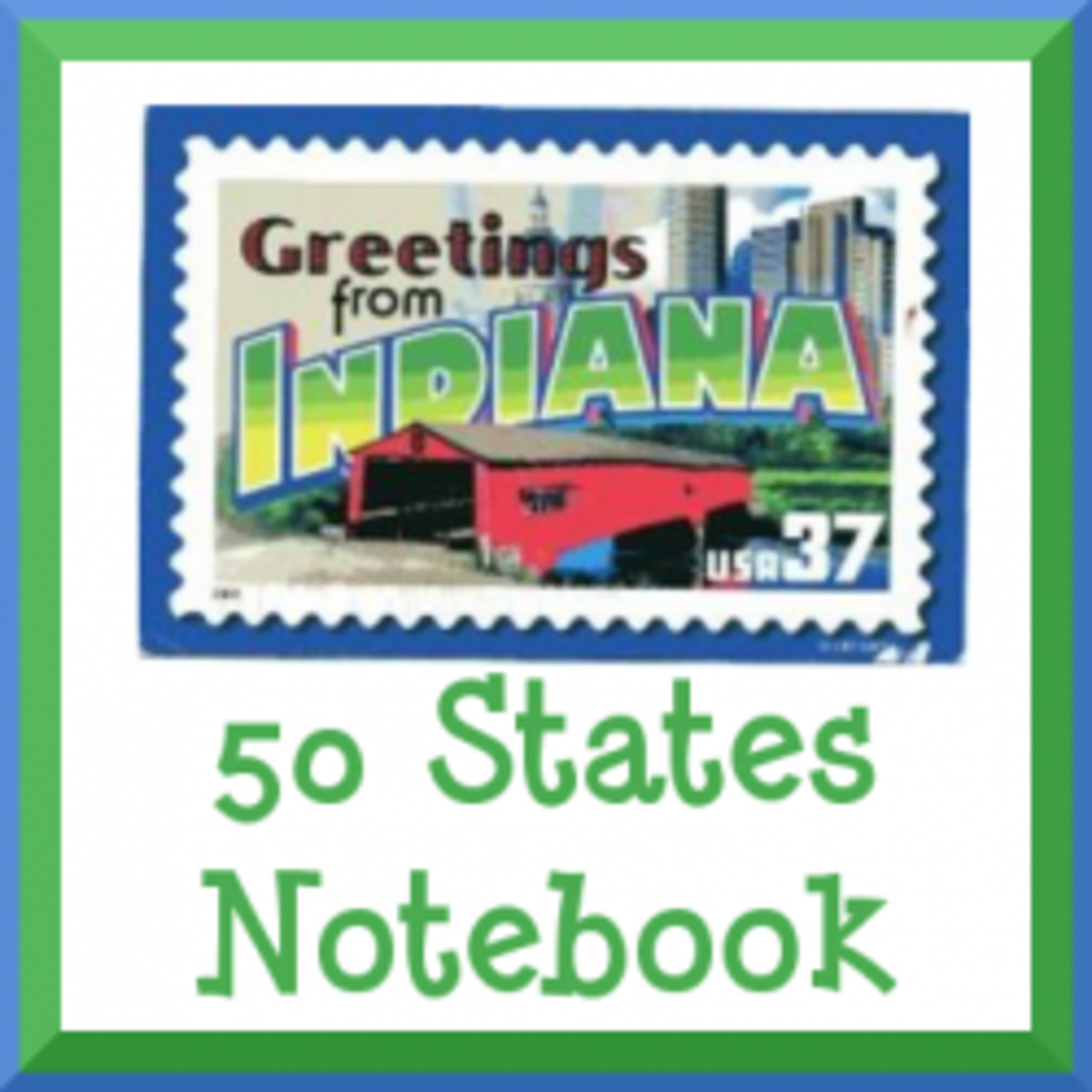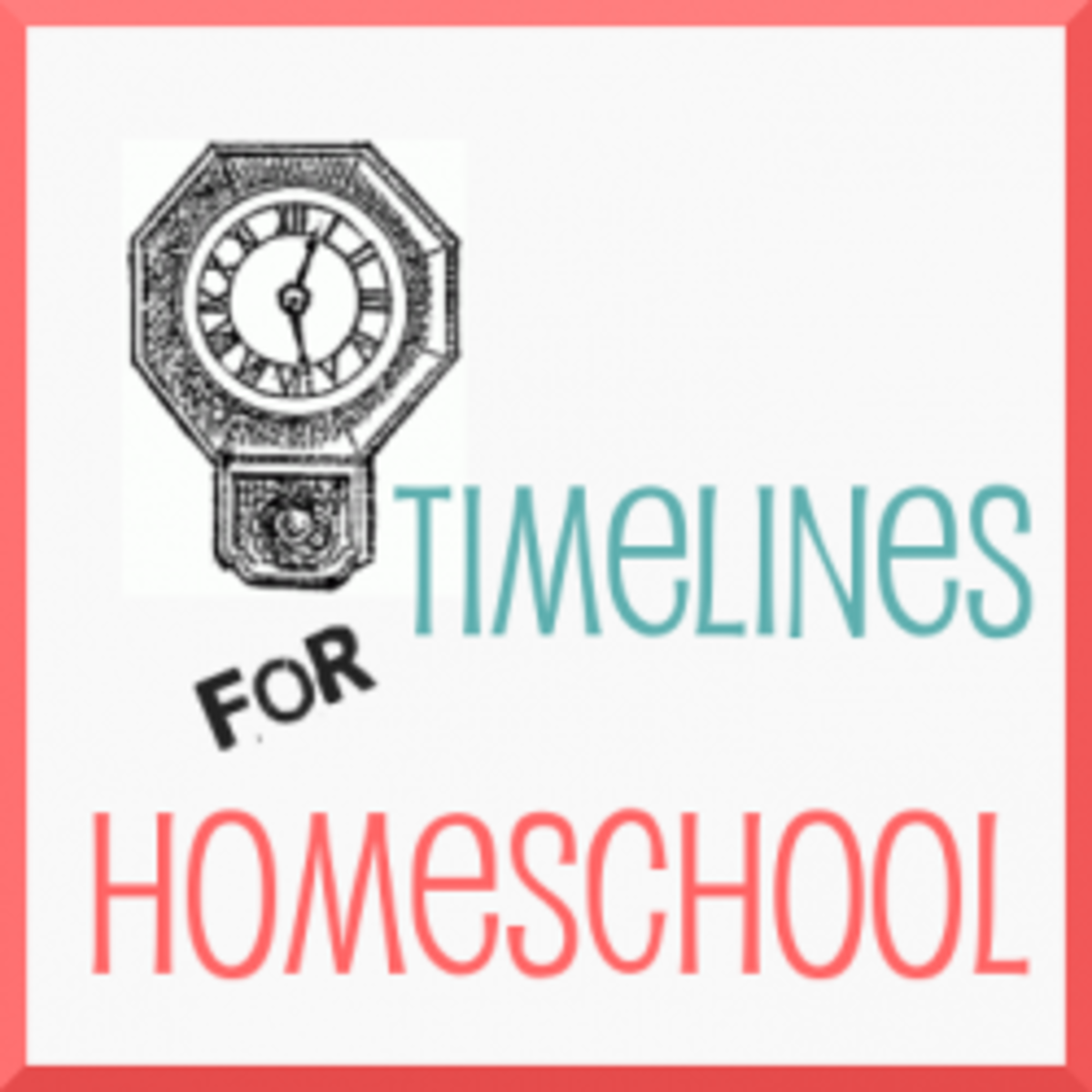Choosing a Homeschool Language Arts Curriculum

What Language Arts Curriculum is Right for Your Child?
I have worked with a number of homeschooled children -- as well as traditionally schooled youngsters -- and I know that the curriculum choices can seem daunting, and people are often not satisfied with their initial selection. One family I remember well came from India and spoke Urdu as a first language. They chose to homeschool for cultural reasons, despite the daunting language barrier. They first selected a curriculum that was relatively easy to follow, but failed to meet their kindergarten daughter's needs. The reading program used phonetically controlled words to the extent that even a native English speaker might struggle to follow the plot line. This child, though, who was just learning English, was pronouncing words in an almost robotic manner because she lacked a concept of what she was saying. That changed. Within a few months, we had her reading books about Biscuit the puppy with a good deal of expression.
It's not always as obvious as in the above example, but children have different needs when it comes to language arts curriculum and teaching style. For example, some children are good at putting sounds together to make words, while others have different strengths. Choosing a homeschool language arts curriculum, then, is partly a matter of identifying your child's strengths... It's also a matter of identifying your own. Case in point: the school district where I live in Seattle uses writers workshop to teach writing skills in the elementary grades. I think the approach works wonderfully when either the teacher or the child is passionate about writing. But the public school teachers go through sessions before they implement it, something that parents seldom have the luxury (or resources) to do. I've read a number of reviews of that curriculum by homeschooling parents, and they are mixed. Some give the writers workshop rave reviews, while others say they struggle to teach with it.
Need some help choosing a homeschool language arts curriculum? On this page, I will share some tips, as well as links to further resources.
What is Language Arts?
The language arts curriculum helps children develop literacy and writing skills. Spelling, phonics, and grammar are sometimes taught as separate subjects, and sometimes integrated within reading and writing instruction. A homeschooling parent can choose to purchase one curriculum package for language arts or assemble a collection of resources.

Teaching Writing: The Directed Approach
Many homeschool writing curriculum take a directed approach. Some approach writing from part to whole. Children write sentences, then paragraphs, then compositions. They may be expected to master mechanics at each level before moving on to the next. For many parents, this is the easiest writing curriculum to understand. Essays are introduced later than in most public school curriculum, but as long as there is adequate practice at each level, a child may master the basic skills without gaps. (Do be cautious of curriculum packages that provide only a skeleton, and do not include enough practice to build writers.)
Other directed curriculum cycle through previous concepts. This can work very well if a child is placed in the appropriate level at the onset. One example of this type of writing curriculum is the Houghton Mifflin workbook series that is used by many public schools. I have often found this series difficult to use in a group setting, as some students enter with instructional gaps, or are simply not at the development level to benefit from grade. Used appropriately, it can a give students a rigorous writing education, which includes not only composition but the beginnings of rhetorical analysis -- understanding authors' choices. Used inappropriately, though, this curriculum can widen gaps.
Another example of this approach are the Spectrum basic skills workbooks. They can be a little 'light', and a parent shouldn't think they provide a comprehensive writing education. They can be handy for a child who is struggling to master basic skills or is easily confused by workbooks with a cluttered layout. They may also be useful for a family that is teaching composition and creative writing without a curriculum, but wants to make sure they are covering the basics.
Teaching Writing: Workshop Approach
Many schools -- and some homeschooling families -- teach writing through a workshop approach. At the early stages, children are encouraged to recreate sensory details and write freely and fluently. Editing and revision are introduced slowly, through mini-lessons which may include analysis of effective writing. In the hands of a sensitive teacher, this approach can foster above-level composition skills and a love for writing.
Review of Writing Workshop Curriculum - For Homeschoolers
- Units of Study
A comprehensive look at the strengths and weaknesses of Lucy Calkins' well known writing workshop -- from the perspective of homeschooling families.
Packaged Language Arts Programs - The options are many
A number of companies offer complete curriculum packages. Some homeschooling parents feel more comfortable with this option, particularly if they do't have an education background. Some language arts curriculum packages focuses on subskills, while others are literature-based. Some are secular, others have a religious component. Sonlight is one example of a literature-based curriculum, that has a Christian perspective, but includes secular literature from a variety of cultural perspectives.
Review of Packaged Homeschool Curricula
- Guest Hollow
An in-depth discussion of the Sonlight program.
Four-Blocks Curriculum
Four-Blocks is a curriculum that was designed for the classroom, but is often used by home schooling families. It is sold in components, but can be a complete language arts curriculum framework, if if one buys enough components.
Four Blocks is not scripted, and the literature is bought -- or checked out. Still there are a lot of concrete activities. It can be a budget option, especially as you can prioritize, buy curriculum piece by piece, and create some of the materials yourself.
The writing component (or block) is workshop based. There is a separate "working with words" block that develops spelling and phonics skills. I like the "working with words" for a variety of reasons: The activities are hands on and engaging, but use inexpensive or easy-to-assemble material. It's easy to adjust to meet individual needs.
Discussion of Four-Blocks Curriculum - As It Relates to Homeschooling
- Homeschool Planning
A discussion of literacy in the Four-Blocks model.
Teaching Reading
Some parents want a packaged, scripted curriculum for teaching their children to read, while others just need to get the gist of it, and they wing it wonderfully. The woman in this video is using a script, but the video can also be instructive for those that don't want to purchase a packaged curriculum. There are no books in this activity, and at first, it may not be obvious how it relates to reading. As the video progresses, one does get a sense that the child is developing skills -- and speed -- in understanding how words are constructed from sounds.
Free Online Class in Choosing a Homeschool Curriculum
I will be conducting the class on the eduFire platform. You can share your input on scheduling -- I'll announce a date
- eduFire
Learn more about language arts curricula, an get tour questions answered.









